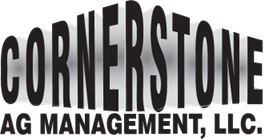A high incidence of sole ulcers in a dairy herd is probably not the fault of the ration, according to Gerard Cramer, DVM, DVSc, associate professor at the University of Minnesota College of Veterinary Medicine.
“We’ve been blaming the ration for a long time, and we still have sole ulcers,” Cramer told the audience at a hands-on workshop at the 2022 Professional Dairy Producers of Wisconsin annual business conference.
His assessment of the most common contributors: standing time, flooring problems, and failure to control digital dermatitis.
Cramer stresses that 100% of cows in a herd should have at least 12 hours of lying time daily. “Not just 80%, but 100%,” he declared.
As a comprehensive approach to preventing lameness, Cramer emphasizes four key fundamentals:
- Low infection pressure from digital dermatitis-causing bacteria.
- Good horn quality and shape, maintained with mineral supplementation and regular hoof trimming.
- Early detection and treatment of lame cows.
- Low stress and minimal force on cows’ feet.
Read the full article by Maureen Hanson with DairyHerd.












